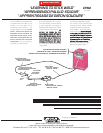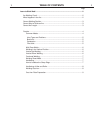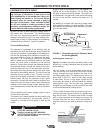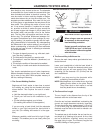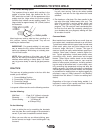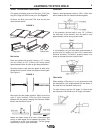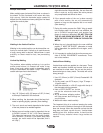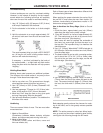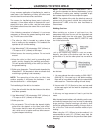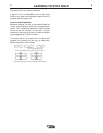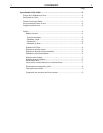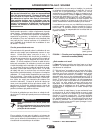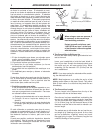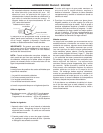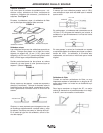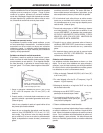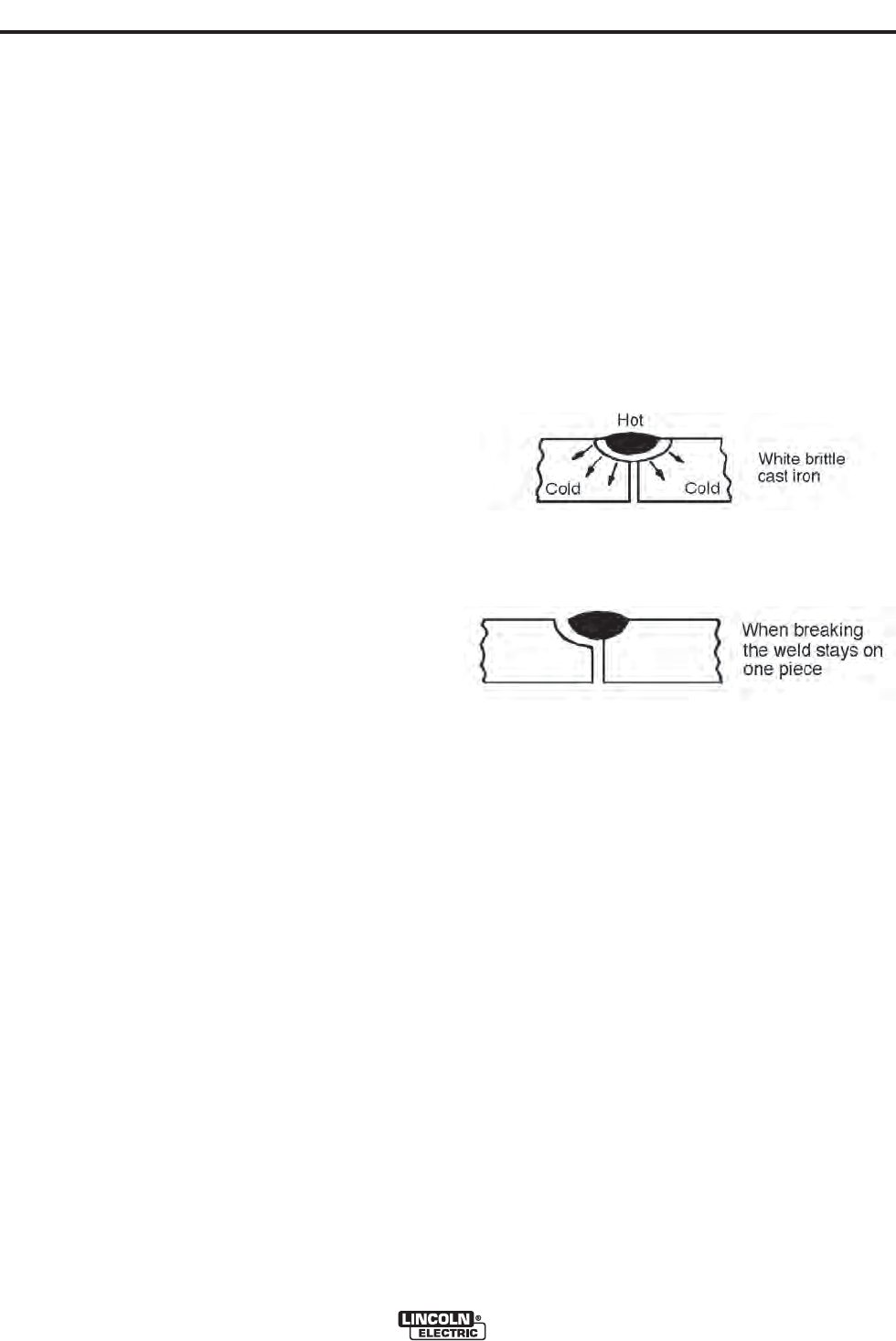
8
LEARNING TO STICK WELD
8
Hardfacing of Idler and Roller (Metal to Metal Wear)
A very common application of hardfacing for metal to
metal wear is the hardfacing of idlers and rollers and
the rails that ride on these rollers and idlers.
The reason for hardfacing these parts is primarily
monetary. A few dollars worth of electrode will com-
pletely build up a roller or idler, and the hard surface
will outlast several times the normal life or such rollers
and idlers.
If the following procedure is followed, it is not even
necessary to remove the grease bearing while weld-
ing. This will save a lot of time:
1. The roller (or idler) is inserted on a piece of pipe
that is resting on two sawbucks. This enables the
operator to turn it while welding.
2. Use Wearshield™ BU electrodes, 5/32" (4.0mm) at
175 amps or 3/16" (4.8mm) at 200 amps.
3. Weld across the wearing surface. Do not weld
around.
4. Keep the roller (or idler) cool by quenching with
water, and by stopping the welding periodically.
This will prevent shrinking of the roller (or idler) on
the grease bearing.
5. Build-up to dimension. The weld metal deposited by
Wearshield™ BU electrode is often so smooth that
machining or grinding is not necessary.
NOTE: The quenching of the roller (or idler) has
another purpose: It increases the hardness — and
thus the service life — of the deposit.
The hardfacing of the rails is a lot easier:
1. Place the rails with the side that rides on the rollers
and idlers upwards.
2. Use Wearshield™ BU electrodes, 5/32" (4.0mm) at
175 amps or 3/16" (4.8mm) at 200 amps.
3. Build-up to size.
4. Do not quench. This will make the deposit slightly
softer than the deposit on the idlers and rollers.
That means that the wear will primarily be on the
rails, which are a lot easier and less time-consum-
ing and cheaper to build-up.
NOTE: The same electrode — Wearshield™ BU —
will give the operator two desired hardnesses, just by
a difference in cooling rate, making it possible to put
the hardest deposit on the most expensive parts.
NOTE: The outside of the rails (the side that comes in
contact with the ground) should be surfaced with
Wearshield™ ABR, since this side has Metal to
Ground wear.
Welding Cast Iron
When welding on a piece of cold cast iron, the
tremendous heat from the arc will be absorbed and
distributed rapidly into the cold mass. This heating
and sudden cooling creates WHITE, BRITTLE cast
iron in the fusion zone.
This is the reason why welds in cast iron break.
Actually, one piece of the broken cast iron has the
entire weld on it, and the other piece has no weld on
it.
In order to overcome this, the welding operator has
two choices:
1. He can preheat the entire casting to 500-1200°F.
(260-649°C). If the cast iron is hot before welding,
there will be no sudden chilling which creates brittle
white cast iron. The entire casting will cool slowly.
2. He can weld 1/2" (12.5mm) at a time, and not weld
at that spot again until the weld is completely cool
to the touch.
In this way no large amount of heat is put into the
mass.
Most inexperienced welders will probably use the sec-
ond method, because they have no way of preheating
large castings. Smaller castings can easily (and
should) be preheated before welding. A forge, stove, a
fire, or the Arc Torch are all excellent means of pre-
heating.
When using the 1/2" (12.5mm) at a time method, it is
recommended to start 1/2" (12.5mm) away from the
previous bead and weld into the previous bead (back-
stepping).



